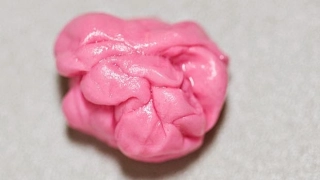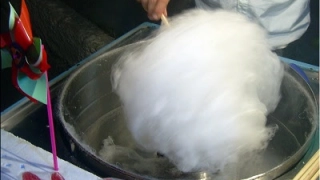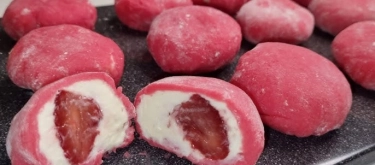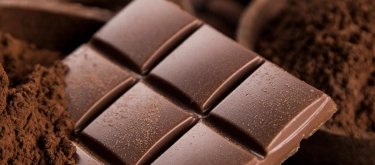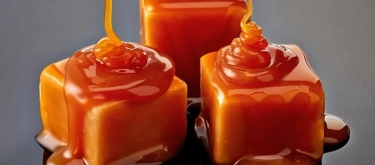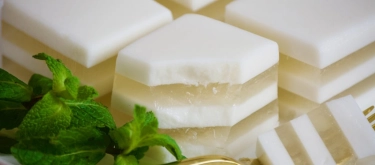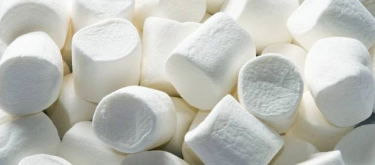Jelly bean: Taste Profile, Aroma, Benefits and Health Risks
Jelly bean is a small, bean-shaped sugar candy with a soft, chewy center and a hard sugar coating. It originated in the United States during the 19th century and became particularly popular during Easter celebrations. Today, jelly beans are available in a wide range of flavors, from classic fruit notes to unusual gourmet varieties, and are recognized worldwide as one of the most iconic bite-sized candies.
Jelly bean often contains sugar, glucose syrup, artificial colors, and flavorings. Some brands may use shellac or beeswax, which are not suitable for vegans. Certain colors (e.g., E110, E129) can cause sensitivity reactions in children. Contains high sugar levels, not recommended for people with diabetes.
What does Jelly bean taste like?
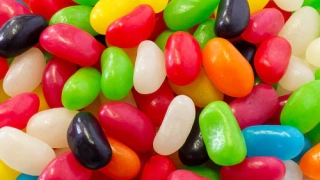
Complete Sensory Description
Taste
The flavor depends on the variety: classic jelly beans are fruity, ranging from citrus (lemon, orange) to berry (strawberry, raspberry, blueberry) and tropical (pineapple, coconut). Gourmet jelly beans may mimic flavors such as popcorn, cola, cinnamon, or even savory notes. Taste intensity is high, with a pronounced sweetness balanced by mild acidity or bitterness depending on the flavor.
Aroma
Aroma reflects the flavor chosen: fruity jelly beans release a candy-like, ester-rich scent reminiscent of fruit concentrates, while spiced versions may contain warm, volatile notes of cinnamon or clove.
Texture
The outer shell is smooth, hard, and glossy, giving a quick crunch before reaching the soft, chewy, gel-like core. This contrast between crisp exterior and elastic interior creates a distinctive textural experience.
Appearance
Bright, vibrant colors (red, green, yellow, orange, purple, etc.), glossy coating, small oval bean-like shape, usually 1–2 cm long.
In-depth Flavor Analysis
The sweetness of jelly beans comes from sucrose and glucose syrup, providing immediate energy and a high glycemic index. Flavor complexity is achieved through artificial and natural flavor compounds, such as esters (fruity), aldehydes (citrus-like), and pyrazines (nutty, roasted notes for gourmet versions). Colorants are often synthetic azo dyes or natural alternatives like anthocyanins. Texture results from the use of starch-based gels, pectin, or modified food starch, providing elasticity and chewiness. Variability in flavor arises from differences in flavoring systems, pH balance, and the layering of aromatic compounds during production.
Varieties and Culinary Applications
Varieties include:
-
Classic fruity jelly beans – lemon, cherry, grape, orange, apple.
-
Specialty flavors – buttered popcorn, root beer, cinnamon, coffee.
-
Seasonal editions – themed mixes for Easter, Christmas, or Halloween.
-
Novelty lines – deliberately unusual or “mystery” flavors.
Culinary uses: mainly eaten as standalone candy, used as decoration for cakes, cupcakes, and ice cream, or incorporated into party mixes. In baking, jelly beans can be used as colorful inclusions or toppings.
Selection and Storage
-
Choose jelly beans with bright, glossy coatings and without cracks.
-
Avoid faded or sticky ones, as this indicates poor storage.
-
Store in a cool, dry place, away from direct sunlight.
-
Keep sealed to prevent moisture absorption and loss of texture.
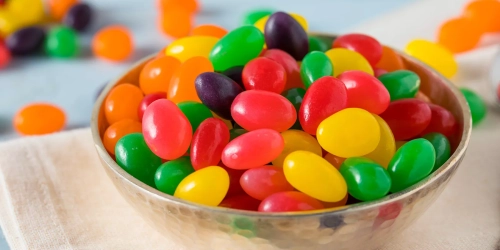
Nutritional Insights
Per 100 g: ~350–400 kcal, with 70–80 g sugar. Provides quick energy but lacks protein, fiber, and essential nutrients. Excessive consumption can contribute to dental caries, obesity, and elevated blood sugar. No significant vitamins or minerals.
Expert Insights & Culinary Tips
Chefs recommend using jelly beans not only for decoration but also to enhance visual appeal in dessert plating. Pairing jelly beans with neutral bases like vanilla ice cream or yogurt helps balance sweetness. For themed events, color combinations can serve both aesthetic and symbolic purposes.
Interesting and Curious Facts
-
Jelly beans became strongly associated with Easter in the United States due to their egg-like symbolism.
-
U.S. President Ronald Reagan was famously fond of jelly beans and even had them stocked in the Oval Office.
-
Some brands produce collections with over 50 distinct flavors.
Harm and Dietary Considerations
-
Excessive sugar intake leads to increased risk of dental problems and metabolic disorders.
-
Artificial colors may cause hyperactivity or sensitivity in children.
-
Not suitable for strict vegan diets if coated with shellac or beeswax.
-
Contraindicated for people with diabetes and recommended only in small quantities for pregnant women due to high sugar content.
Religious Dietary Considerations
-
Halal and Kosher-certified jelly beans exist, but many brands use animal-derived glazing agents (shellac, beeswax).
-
Vegan-friendly versions are available but must be checked by label.
-
No restrictions in Christianity, Hinduism, or Buddhism.
Final Thoughts & Sensory Journey
Jelly bean is a playful confectionery that unites bright colors, an intense burst of sweetness, and a chewy texture. Though nutritionally limited, it holds cultural value as a festive treat and culinary decoration. Its variety of flavors makes it both a nostalgic candy and a canvas for creative flavor experimentation.
Resources
-
Owens, J. D. “Candy Technology and Sensory Analysis.” Food Chemistry Journal, 2018. DOI:10.1016/j.foodchem.2018.06.042
-
Jackson, P. “Confectionery Science and Technology.” Springer, ISBN 9783319639890
-
Hartel, R. W., et al. “Confectionery and Chocolate Enginфeering.” Wiley, ISBN 9780470424414
